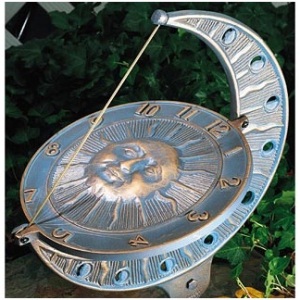The ColorOrange Was Named After theFruit
 Today I found out the color orange was named after the fruit, not the other way around. Before then, the English speaking world referred to the orange color as geoluhread, which literally translates to “yellow-red”.
Today I found out the color orange was named after the fruit, not the other way around. Before then, the English speaking world referred to the orange color as geoluhread, which literally translates to “yellow-red”.
The word orange itself was introduced to English through the Spanish word “naranja”, which came from the Sanskrit word nāraṅga, which literally means “orange tree”. The English dropped the leading “n” and eventually we got the word “orange”.
In the early 16th century, the word orange gradually started being used to not only refer to the fruit, but also what we now know of as the color orange.
Bonus Factoids:
- There is an orange tree in Europe called “Constable” that is estimated to be almost 500 years old.
- Lightning kills more orange trees annually than any disease.
- Temple Oranges and Murcott Honey Oranges are actually hybrid oranges, being crossed with tangerines.
- Over 25 billion oranges are grown in the United States every year. That’s enough oranges for every American to eat about 83 oranges a year.
- Christopher Columbus brought the first orange seeds to the New World on his second voyage in 1493. On this same voyage, he also brought seeds for lemons and citrons.
- Navel oranges are named for their belly-button-like formations on the opposite side from the stem. As a general rule, the bigger the navel in the orange, the sweeter it will be.
- There is no single English word that rhymes with orange. There are however half rhymes such as “hing”, “syringe”, “sporange”, etc. There are also proper nouns that come very close to being a perfect rhyme with it, such as “Blorenge”, which is a mountain in Wales, and “Gorringe”, which is the last name of the US Naval Commander who discovered and named Gorringe Ridge in 1875.


